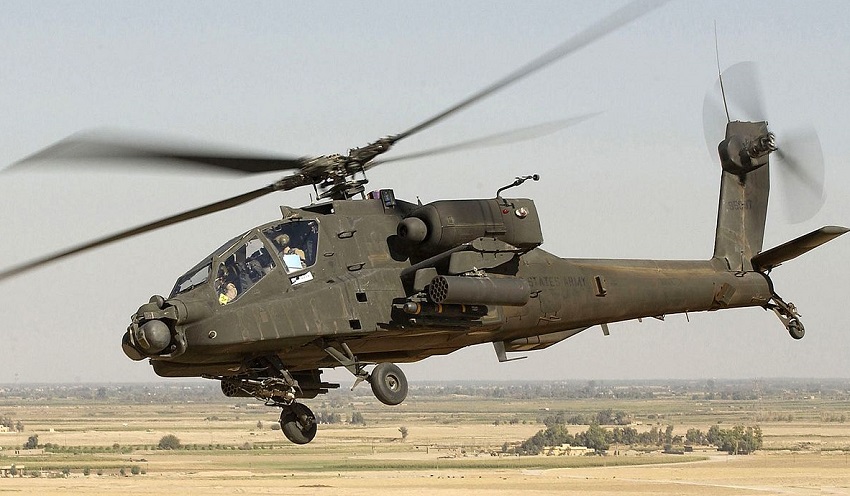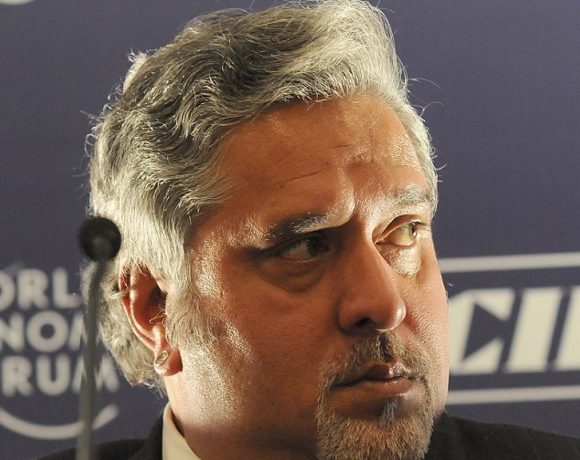
First Apache Helicopters Arrive for Deployment Near Pak Border
India is set to induct its first batch of AH-64E Apache attack helicopters into the Army this month, marking a crucial milestone in enhancing combat readiness along the western frontier with Pakistan. The delivery comes after a delay of over 15 months, and the helicopters are expected to play a key role in strengthening India’s border strike capabilities.
Apache Helicopters
The current batch includes three AH-64E Apaches, with another three expected to follow later this year. These helicopters, among the most advanced in the world, were ordered under a $600 million deal signed in 2020, specifically to augment the Army Aviation Corps with dedicated offensive air platforms.
Originally scheduled for delivery in mid-2024, the arrival of the Apaches had been delayed due to supply chain bottlenecks and technical setbacks in the United States. The delay had left the newly formed 451 Army Aviation Squadron at Jodhpur without operational helicopters since its formal raising in March 2024.
Army Aviation Boost
With the first three helicopters finally arriving, the squadron is expected to become fully operational in the coming weeks. This will mark the Indian Army’s first deployment of the Apache platform, which until now has been used exclusively by the Indian Air Force.
The AH-64E version being delivered is the latest variant and includes upgraded engines, long-range sensors, fire control radar, UAV integration, and advanced communications. Armed with Hellfire missiles, Hydra rockets, and a 30mm chain gun, these Apaches will significantly upgrade India’s ability to conduct precision strikes and support frontline operations during conflicts.
Pakistan Border Deployment
The new squadron will be stationed in Jodhpur, with its primary operational theatre focused on the western border. The deployment aligns with India’s evolving security architecture post-Operation Sindoor, aiming to provide immediate battlefield support in any high-intensity skirmish or cross-border escalation.
The Army’s control over its own attack helicopter fleet marks a strategic shift, reducing dependence on the Air Force for close air support and increasing operational autonomy. This also complements the ongoing induction of HAL’s Prachand Light Combat Helicopters, designed for high-altitude operations in eastern sectors.
India had earlier inducted 22 Apaches into the Air Force fleet under a 2015 deal, but the current batch is tailored to Army specifications and reflects the growing Indo-US defense cooperation. These platforms are seen as critical not only in conventional operations but also in deterring fast-moving threats across a wide combat spectrum.
With the first Apaches landing in India this month, the Army’s offensive capabilities are set to take a significant leap, enhancing both deterrence and tactical flexibility along one of the most sensitive borders in South Asia.


















